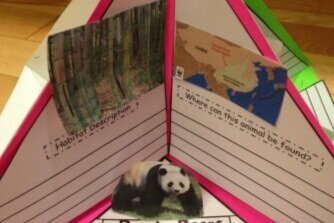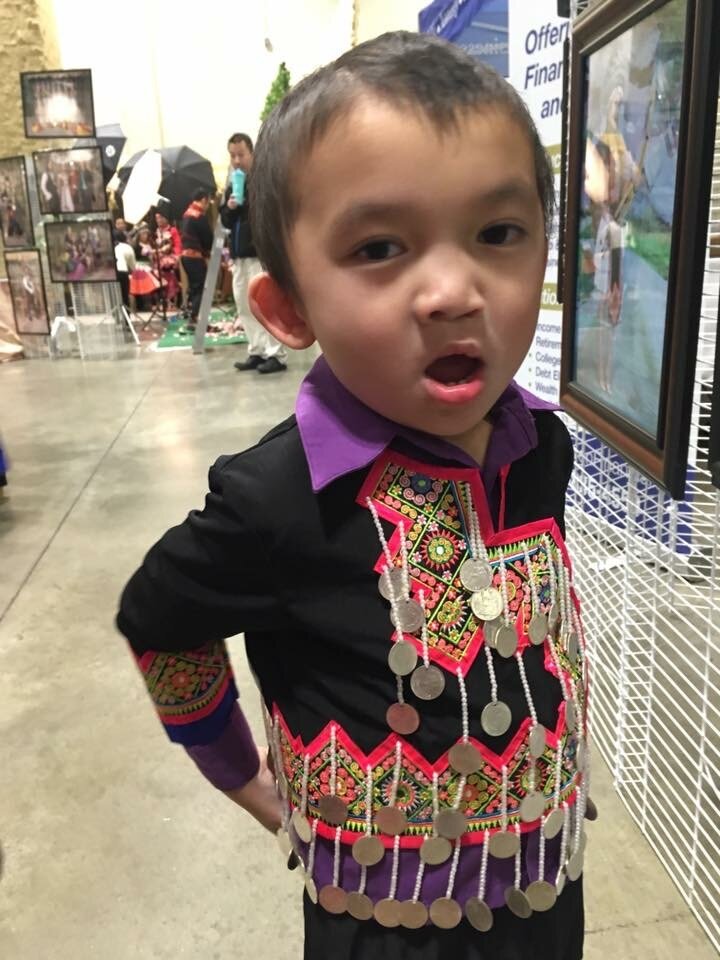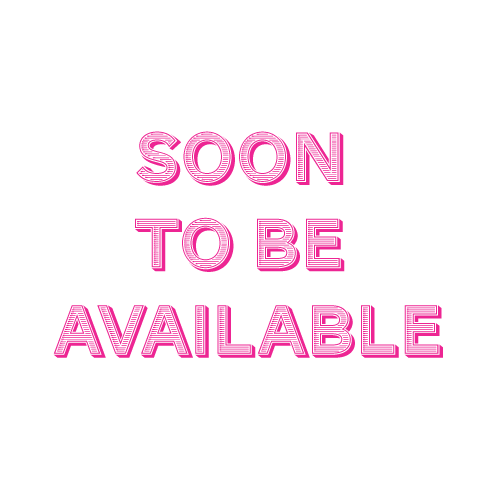New - Hmong Ethnic Studies Curriculum
____
Over the course of nine months, eleven Hmong language educators took an Ethnic Studies course with Dr. Jenna Cushing-Leubner & Heritage Language/Ethnic Studies teacher Natalia Benjamin at the University of Wisconsin-Whitewater, and attended the Boston Ethnic Studies training with Katie Li and her team. Afterwards Dr. Vicky Xiong-Lor of Clovis Unified and Doua Vue of Fresno Unified lead the team through self-healing activities and created a Hmong Ethnic Studies curriculum. This is the first phase of curriculum creation with more to come.
Summer 2021 Hmong Ethnic Studies Workshop for Educators
Hmong ethnic studies digs deeper into our narratives, how we intersect with society, understanding oppression, the trauma that we carry, etc… to healing ourselves in our own journey to letting it all go, finding our voice and thriving to be the best. We must learn how to heal ourselves as teachers and help our students take their journey.
Hmong Ethnic Studies Curriculum Guide and Lessons
Through their training and own self-healing, the committee developed a Hmong Ethnic Studies scope and sequence, units, and lesson plans.
Ethnic Studies Resources
Many of our resources are embedded in our workshop and curriculum section; however these are additional resources you may find helpful with Ethnic Studies.



























